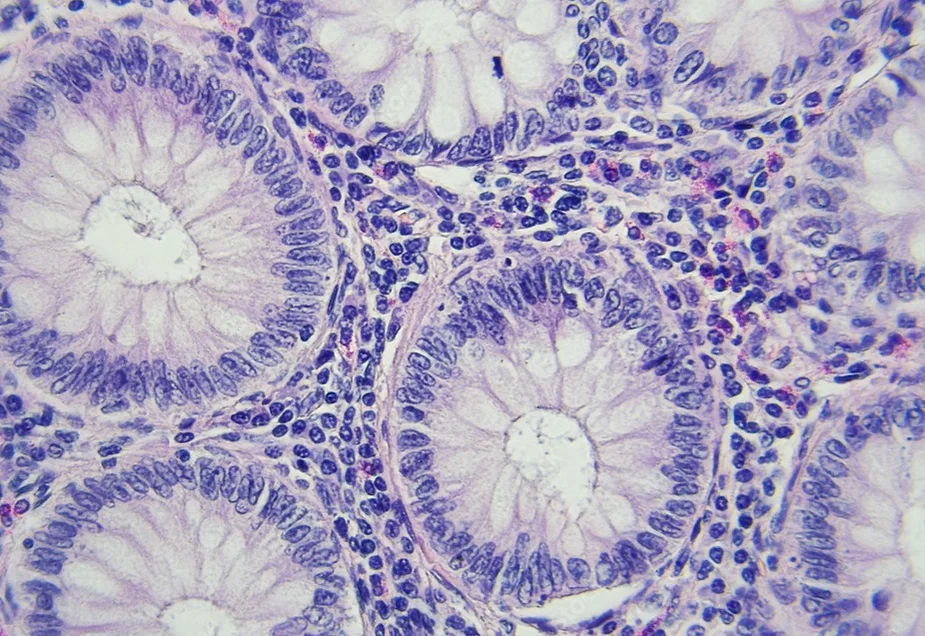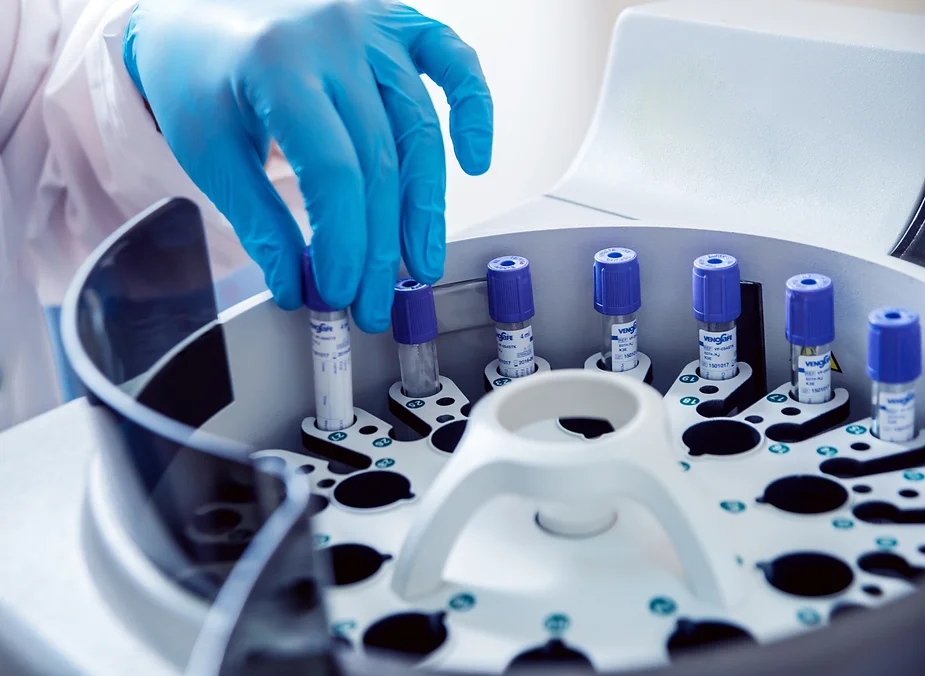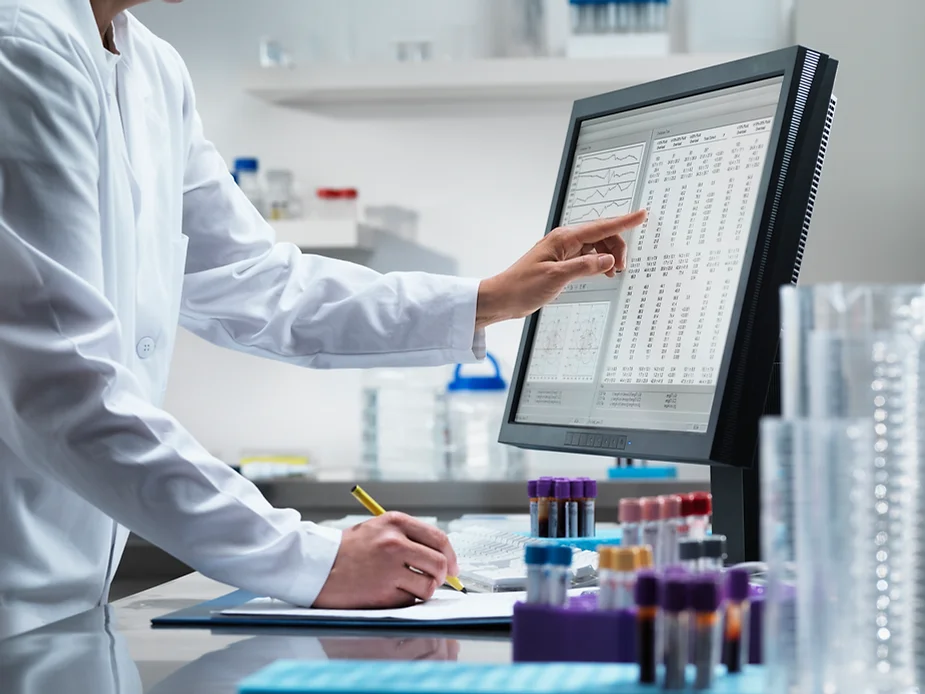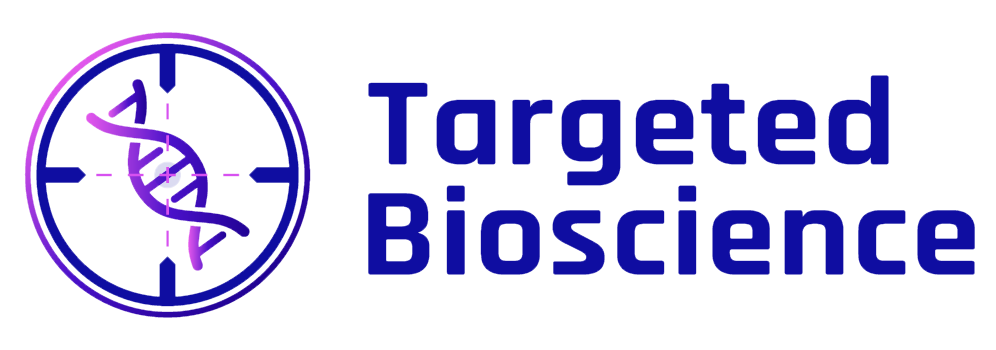The field of spatial biology is growing faster than ever.
It's estimated that the market for spatial biology products will reach $4.5 billion by 2022, up from an estimated $3.5 billion in 2020. The convergence of technology and personalized medicine—two areas that are both booming right now—is creating massive opportunities in the world of spatial biology. Here's a look at some trends we'll see in 2022:

1. Single-cell capture
Single-cell capture is the process of isolating individual cells from a tissue sample. This allows scientists to study the cells' genetic makeup and how they interact with each other. The process is currently used in cancer research and drug development but has many applications. It could be used to study how the brain works, for example—or even to create personalized medicine.

2. Personalized or precision medicine
We are in the early stages of designing and producing targeted, individualized medicines. These will target specific genetic markers in people diagnosed with a disease. The idea is that these targeted therapies are more effective than traditional medicines, which treat all patients the same way regardless of their genetic makeup.
3. Disease prediction and prevention
By 2027, doctors can predict whether a person is at risk of developing a disease before symptoms appear. They'll use this information to prescribe preventative treatments, such as diet and exercise plans or medications that can lower cholesterol levels.
4. Computational modeling of physiology
Computers can model the human body at a molecular level to create simulations that help doctors predict the effects of drugs and other therapies before they are used in clinical trials.

5. Computer-assisted diagnosis/recommendations
AI Technology can assist doctors in the diagnosis and treatment of disease by helping them analyze a patient’s medical history, perform lab tests, and scan images.
6. Genomic sequencing (using DNA sequencing to predict disease)
With this technology, doctors can predict a patient’s susceptibility to disease. This information can help the doctor make better treatment decisions and prevent disease before it occurs. Thus furthering the advancement of precision medicine.
7. Augmented reality (3D virtual reality)
Augmented reality tools can help doctors perform complex procedures and treat patients more effectively by providing real-time information on their condition and surroundings.
In successive years, spatial biology has enormous potential to realize personalized medicine. The incredible technology is expected to increase the accuracy of drug target identification and drug lead discovery. At the same time, it is also aimed to revolutionize whole genome sequencing and the post-genomics era by cost-effective mapping of cells.
With the advent of new technologies, it’s only a matter of time till doctors get to know about their patients in an unprecedented manner. The key is how these tools will be used for the benefit of personalized care.
